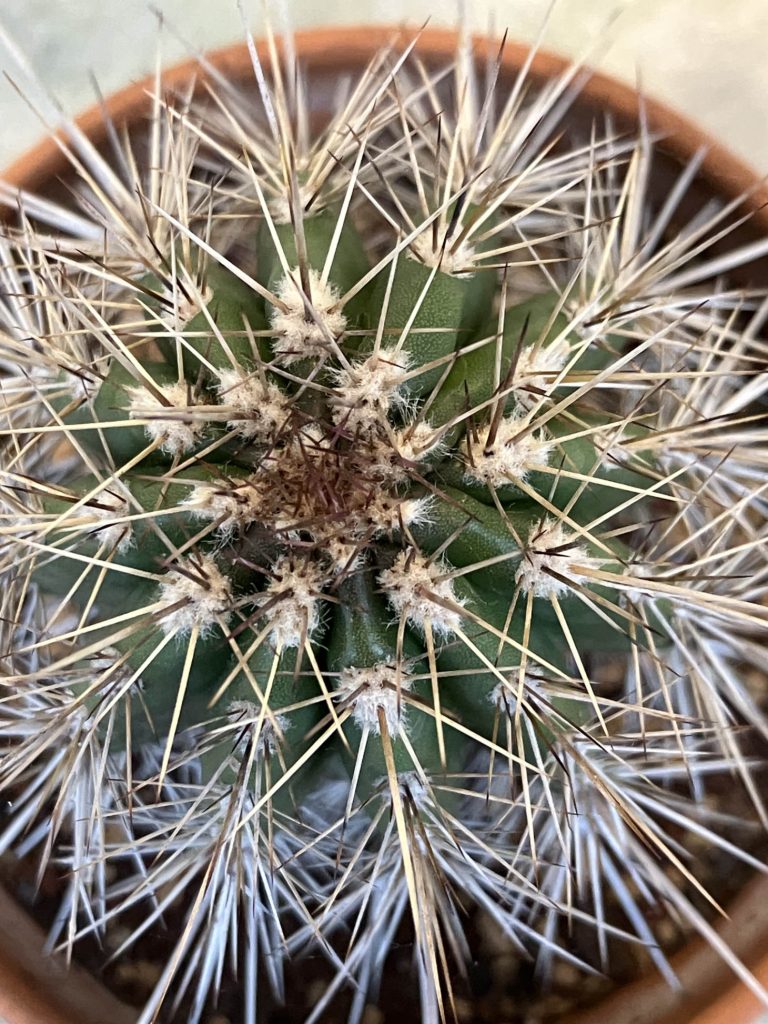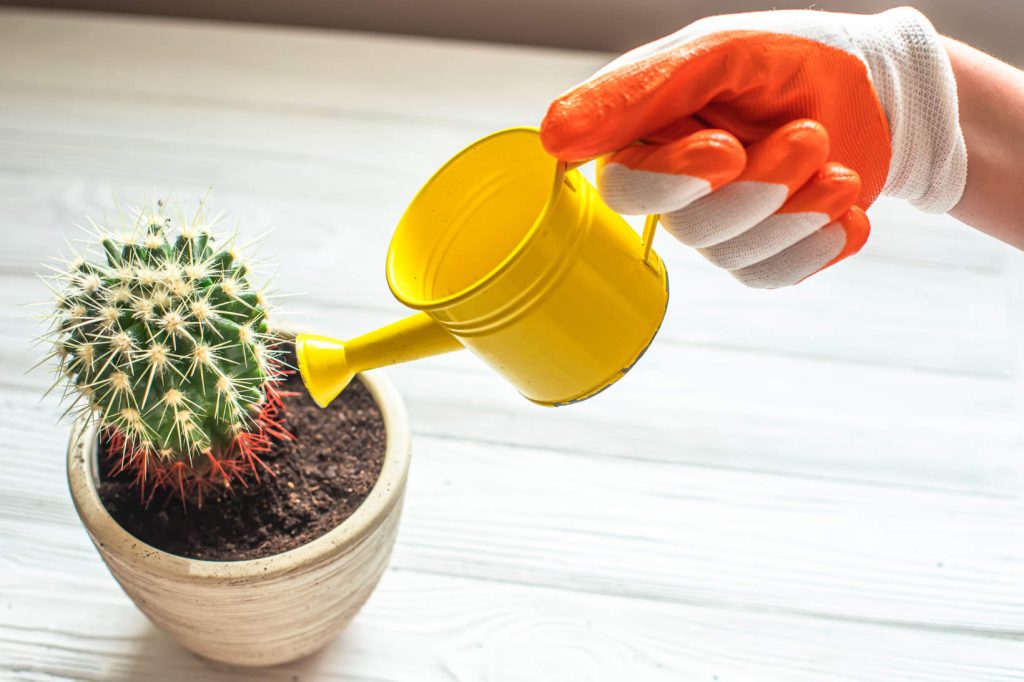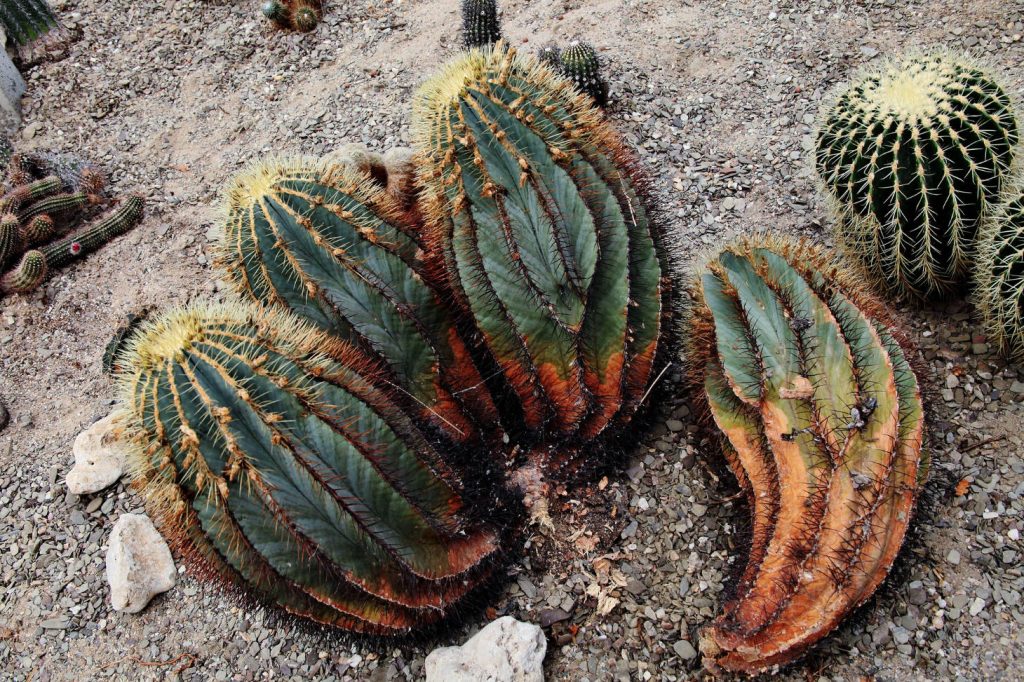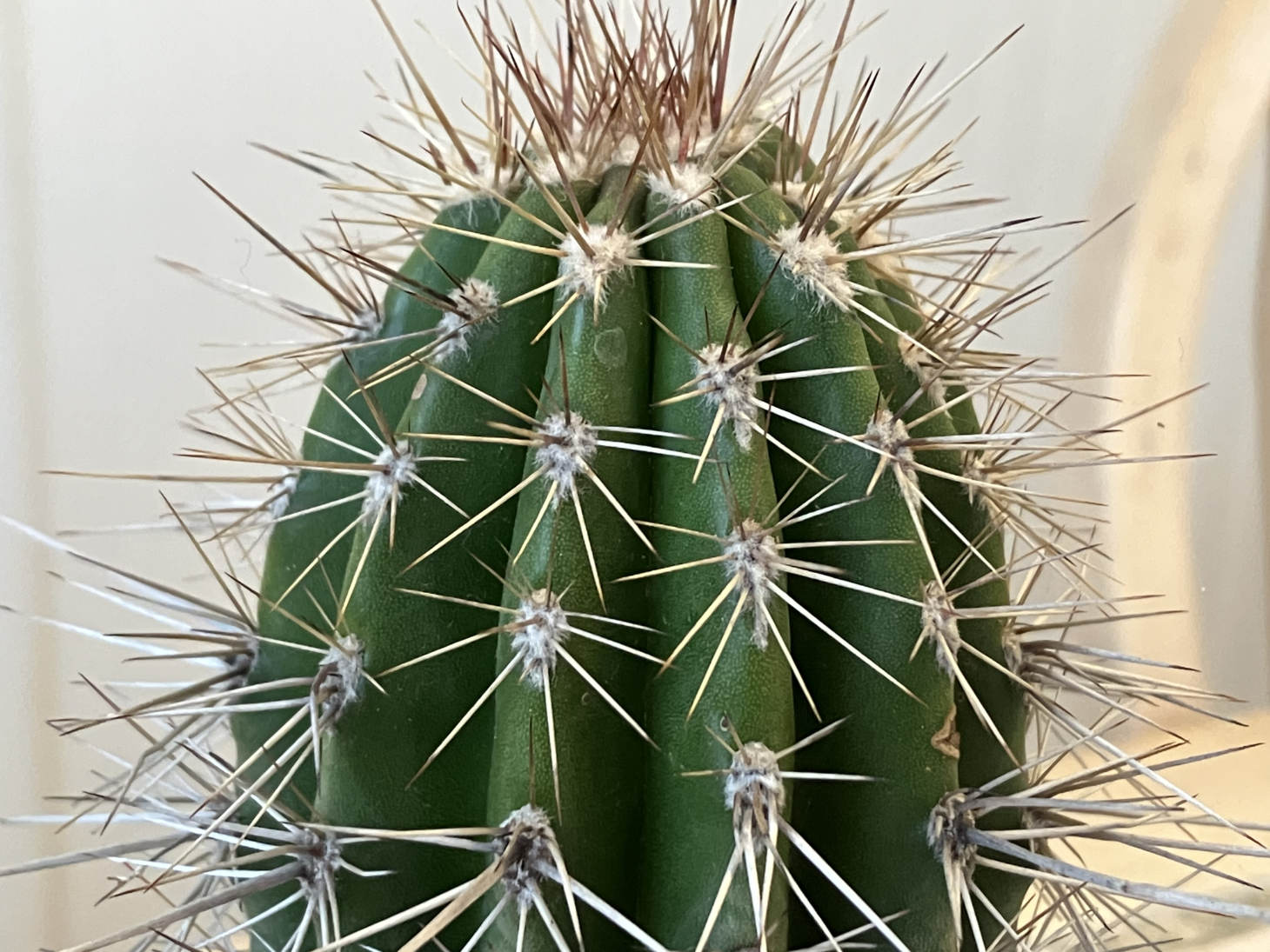Dehydrated Cactus
When you think about cacti, you might picture them thriving in arid deserts, but even these hardy plants can suffer from dehydration. If a cactus is dehydrated, its stems may look wrinkled, and the skin might become dry and brittle. This means your cactus needs some attention to get back to its healthy self.
Even though they are suited to dry climates, cacti still need some water. The tricky part is knowing when and how much water to give them. You see, overwatering can be just as harmful as underwatering. It’s crucial to find the right balance to keep your cactus looking lush and green.

Key Takeaways
- Dehydrated cacti have wrinkled skin and need water.
- Proper watering balance is key for healthy cacti.
Understanding Dehydration in Cacti
Dehydration in cacti affects growth and overall health. Recognizing signs early and taking steps to prevent it are crucial for maintaining a thriving cactus.
The Process of Cactus Dehydration

Cacti are adapted to dry environments and have specialized tissues known as parenchyma for storing water. Despite these adaptations, heat and extended periods without water can dehydrate them.
During dehydration, cacti conserve water by slowing down their metabolic activities and reducing transpiration. Their outer skin or epidermis helps minimize water loss, but continuous heat exposure and lack of water eventually dry out even these tough plants. Understanding this process can help you take timely action to keep your cacti healthy.
Signs and Symptoms of Dehydrated Cacti

Dehydrated cacti often show several symptoms. A common sign is shriveling and softening of the plant body. The cactus may appear limp and may not stand upright.
You might notice discoloration or dry spines. The roots, especially in Opuntia or prickly pear cacti, may appear hard and desiccated. Observing these signs is vital for taking corrective actions to prevent further plant stress.
Preventing Dehydration in Cacti

Taking steps to prevent dehydration keeps your cactus healthy. Ensuring the soil drains well is crucial. You can use a mix that includes coarse sand, perlite, or pumice.
Water your cactus regularly but let the soil dry between waterings. In hot months, increase watering frequency, but avoid overwatering. Shield your plants from excessive direct heat using shade cloths or by placing them in areas with indirect light.
Frequently Asked Questions

When dealing with a dehydrated cactus, it’s important to notice signs like shriveling or drooping. Proper watering techniques and understanding the cactus’s environment can help in reviving it.
How can you tell if a cactus is dehydrated?
You might notice your cactus looking shriveled, droopy, or with wrinkled skin. These signs usually indicate that the plant is not getting enough water and may be dehydrated.
What steps can be taken to revive a dehydrated cactus?
Remove any dried, hardened soil around the roots and ensure the soil is well-draining. Give it a good soak until water flows from the drainage holes, then allow the soil to dry out completely before watering again.
How does the care for a dehydrated cactus differ indoors versus outdoors?
Indoor cacti may need water more frequently than those outdoors, as indoor environments can be dry from heating or air conditioning. Be attentive to signs of dehydration and adjust watering as needed based on their environment.
What are the signs to distinguish between an overwatered and underwatered cactus?
Overwatered cacti may become mushy or develop root rot, while underwatered ones appear shriveled and dry. Check the soil’s moisture; wet soil can indicate overwatering, while dry soil suggests underwatering.
What is the recommended frequency for watering indoor mini cactuses?
During warmer months, water mini cactuses every 10 to 14 days when the soil is dry. In cooler months, you might need to water less often, letting the soil remain dry for longer periods.
How much water do cacti need in a desert environment?
In their natural desert environment, cacti absorb water during rare rains. They typically do not need much water due to their ability to store it. Ensure your cactus has similar conditions with occasional watering when the soil dries.

